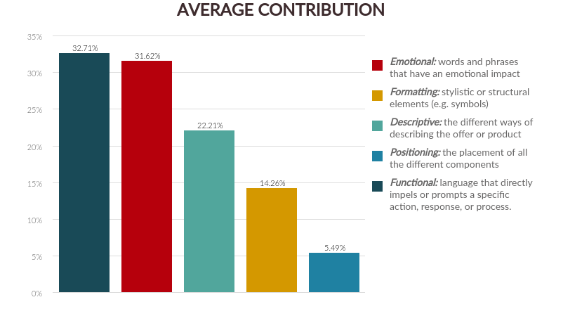January 8, 2019
Why Your eCommerce Site is Losing Traffic

For an eCommerce business looking to grow, seeing a decline in website traffic is cause for concern. Though it’s not always this straightforward and targeting plays a huge role, more traffic generally gives brands a better shot at higher sales. SEO and Google algorithms are two common culprits, but if those are checking out, it’s time to dig deeper into why your eCommerce site is losing traffic. Here are the common problems (and solutions) we find.
The wrong CTA
A call to action (CTA) can potentially double your clicks. Getting them right is essential. Highly-effective landing pages do two things right when it comes to the landing page:
They don’t scare you away: Some CTAs ask the visitor to make a large commitment right off the bat. But a visitor may want to browse or see the next product or offer before making a purchase. In these cases, hard CTAs like “apply/buy now” or “sign up” can send people off your page. Try softer language that directs visitors to navigate to the next step, or to view more details.
They need to be enticing, of course!: What would you rather do? “Subscribe now” or “Get 20% off”? If the reward for subscribing is a discount off your next purchase, most people are probably more excited about the latter. People want instant gratification, so put the goods in front of them.
Hidden CTAs
At the end of the day, if the visitor can’t easily find your CTA, they’re going to get tired of searching. Color tests are one way to approach making your CTA stand out, but never forget about the position. Keep your CTA above the fold, and consider how much text is surrounding it. Try and free it up if possible so it doesn’t get lost in the page.
If there’s a lot of scrolling to do, keep the CTA moving alongside your visitor in a nav bar, or add a CTA further down the page. Don’t let them forget what’s next.
You aren’t embracing emotional language
The funny thing about CTAs is that they’re not always the most important factor in getting someone to the next page, or to convert. So while we may spend time sweating over “Get my offer” vs. “Get your offer,” emotional language also does some real legwork when it comes to keeping traffic to eCommerce web pages from decreasing.
The graph below demonstrates how emotional language can be just as strong as your CTA.

(Contribution to the performance by type of language for actions after the first CTA click).
So what kind of Emotional language should you employ? The results truly differ when you compare industries and products. But a few trends that emerge are:
Exclusivity: While there may be tens of thousands of visitors per day to your page, make each visitor feel special or unique. (“You’re getting early access to Black Friday deals”)
Achievement: Let your visitor know that they found something special and are in for a treat. (“You just found our best plans”)
Gratitude: Show some appreciation and let them know they’re welcome here! (“Thanks for choosing us”)
Keep in mind: Every site and product is different. You won’t know which Emotions work best for your page until you go out there and start testing.
You’re setting the wrong expectations
What brought the visitor to your landing page in the first place? Does the email/ad/referring link set the right expectations? Do some digging to see if certain channels are sending traffic your way that leads to instant bounces. Google Analytics is often a good place to start.
Your forms are too long
We love data. As much data as we can collect. Sometimes though, asking for too much only encourages people to abandon. We’ve seen that a small form on the landing page can sometimes get buy-in, though. A simple name and email collection can make people feel partially invested and willing to move along. And don’t abandon emotional language on the first page! Try Encouragement language to keep the momentum going (“you’re almost there!” “Just another click!”).

